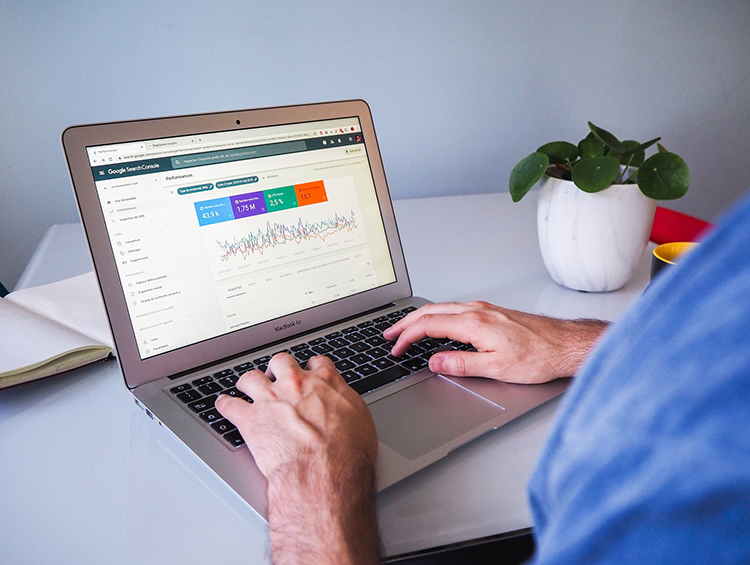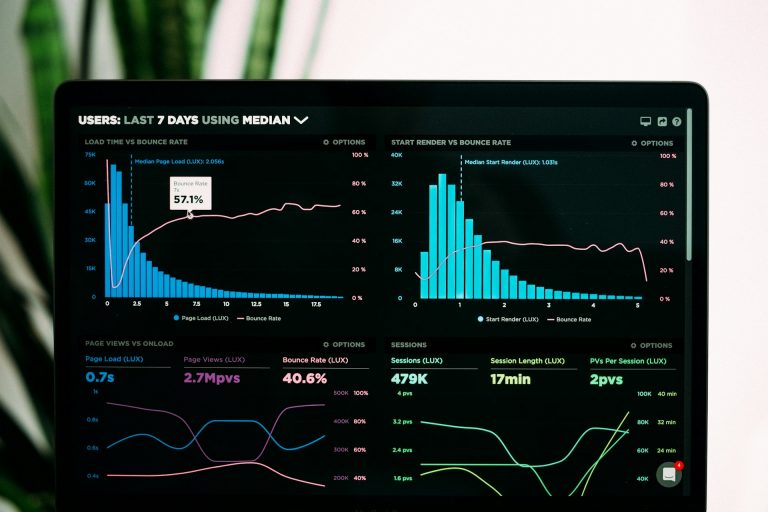In a previous article, we talked about four web design mistakes that can hamper your site’s SEO performance. Bad navigation and a splash page standing between your audience and the actual contents they are searching for are among the worst mistakes you can make when developing a website.
In this article, we are going to focus on the exact opposite. There are things you can do when designing a site that will improve SEO performance. We are going to review the best tricks you can use right away in this article.
SEO for Images
A lot of web designers and site owners still don’t realize the importance of having SEO-friendly images on their websites. While search engine crawlers cannot see what the images are showing, they will still scan the images for possible content cues and other details. This means that putting SEO-friendly images on your website can improve your online ranking, making your website visible to online users. These images can also improve your reach, allowing your website to connect and engage with more people in the World Wide Web.
When designing a site, always add proper ALT tags to images. The short description you add to the images’ ALT tag will help crawlers understand your site better, hence improving the site’s SEO performance greatly. This trick also helps images get indexed by Google Images, adding more sources of search engine traffic in the process.
Don’t forget to limit the size of images you use across the site. Ideally, the images you post on your site should be no bigger than 100 Kb. This is important to maintain good user experience and SEO performance at the same time. Putting images that are too big will adversely affect the loading speed of your website, possibly shooing away potential customers. Remember, most people use the internet to get answers from their questions fast, so they won’t have the time (and patience) to wait for minutes just for a webpage to load.
If you don’t have any idea how to look for and add SEO-friendly images on your website, do some research online or opt to work with B2B web design agencies. The latter option is a cost-effective investment, especially for small or new businesses.
Mobile-Friendly Design
There are two ways you can approach mobile-friendliness. You can create an entirely different version of the site for mobile devices or implement a responsive layout. Both approaches are great as long as they are implemented properly. What you need to focus on is the overall mobile user experience the site delivers, especially since it is a major factor taken into consideration by Google and other search engines when ranking your site.
For example, increasing the size of text on your site when viewed from mobile devices can help users read articles more comfortably. As a result, they will stay longer on your site, search engines will see this as a positive thing.
Aside from adjusting your text size, it’s also important to make sure that online users can view the same content on your website regardless of the device they’re using. For example, if your website contains an online brochure, people who are using their smartphones should also be able to view and use this section with ease.
The same can be said for viewports. The viewport is a meta tag that helps pages appear correctly on mobile devices. Make sure the right viewport tag is defined in the header of every page to ensure maximum mobile-friendliness.
Creating a mobile-friendly design is vital to have an SEO-friendly website. Since more people are using their smartphones to browse the internet, if your website doesn’t support or work well in their handheld devices, don’t expect that you’ll be successful in the business arena. A website that’s difficult to navigate in a smartphone can become the reason why online users will leave your page and choose to do business with your competitors.
SEO-Friendly Codes
Maryville University and its masters in software development department recently studied the importance of good programming in web development. A site that is coded efficiently will be smaller, faster, and easier to access. Keep in mind that these three aspects are also affecting your search engine rankings, so good coding is important. The online masters in software development programs even have classes on this matter.
A lot of designers and developers often neglect best practices when transforming PSD designs into a working website. Take the necessary steps to optimize your codes further so that your site can perform optimally and deliver the best user experience when accessed.
In Conclusion
These are the three killer web design tricks you can use to boost your site’s SEO performance. As mentioned before, these tricks can be implemented right away and will have an immediate impact on your search engine rankings.
If you’re going to implement these tricks for the first time, make sure to audit your efforts along the way. Remember to have an open mind, assess if there are any lapses, and look for ways to improve moving forward. Boosting your website’s SEO performance doesn’t happen overnight, so make sure that you always exert effort to improve.









